Sonos' latest surround sound solution is contained entirely in a single soundbar it calls Arc. While we’re not sure if the device gets its name from the HDMI interface it uses, the curved sound it pitches or the fact that it is perhaps, metaphorically, a vessel delivering impressive surround sound to the modern minimalist home, whichever the case this system is hell-bent on short circuiting the surround sound game.
The Sonos Arc draws on Dolby’s latest TrueHD and Dolby Digital Plus sound codecs to deliver the best quality lossless audio found on cutting edge Blu-ray disks and some of the leading streaming services. It then enhances the 3D soundscape using Dolby Atmos object tracks to bounce certain sounds off the walls around you so they feel like they’re coming at you from all angles.
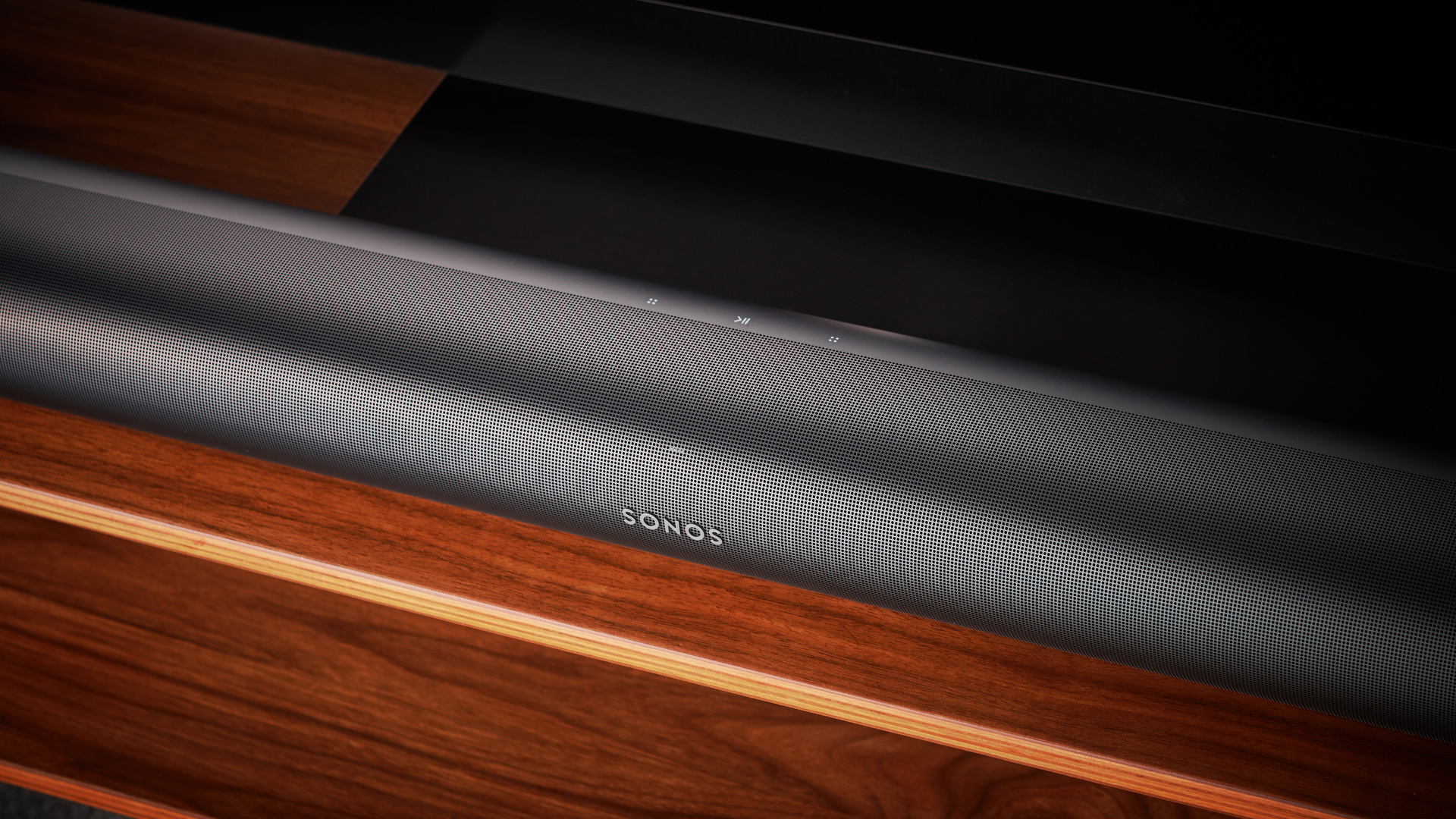
While all this might sound complicated, the Sonos Arc setup couldn’t be simpler, involving just a couple of steps on the smartphone app. The minimalist cable connections and all-in-one system construction add to this no-fuss feeling and streamlined aesthetic.
If you’ve got a media room with 4 walls and a roof then the Sonos Arc is really all you need for great surround sound. The 11 high quality drivers work together to deliver everything from powerful warm bass to clean and precise high notes during both music and media playback. Better still, it can do all this while mimicking the soundscape of true multi-speaker surround sound.
There are some caveats for those with expansive TV rooms, but the Sonos ecosystem offers additional speakers for anyone wanting to bolster the bass or add true surround sound… as long as you have the cash for it.
All up, the Arc is a pretty amazing bit of kit that can mimic true 3D sound from a sleek and self-contained unit – and that's why it's our best soundbar of 2021.
Read on to see what really separates it from other soundbars.
[Update: The Sonos Arc is no longer the only Sonos soundbar with Dolby Atmos. The new Sonos Beam (Gen 2) boasts Atmos technology as well as HDMI eARC compatibility, and is available to preorder now.]
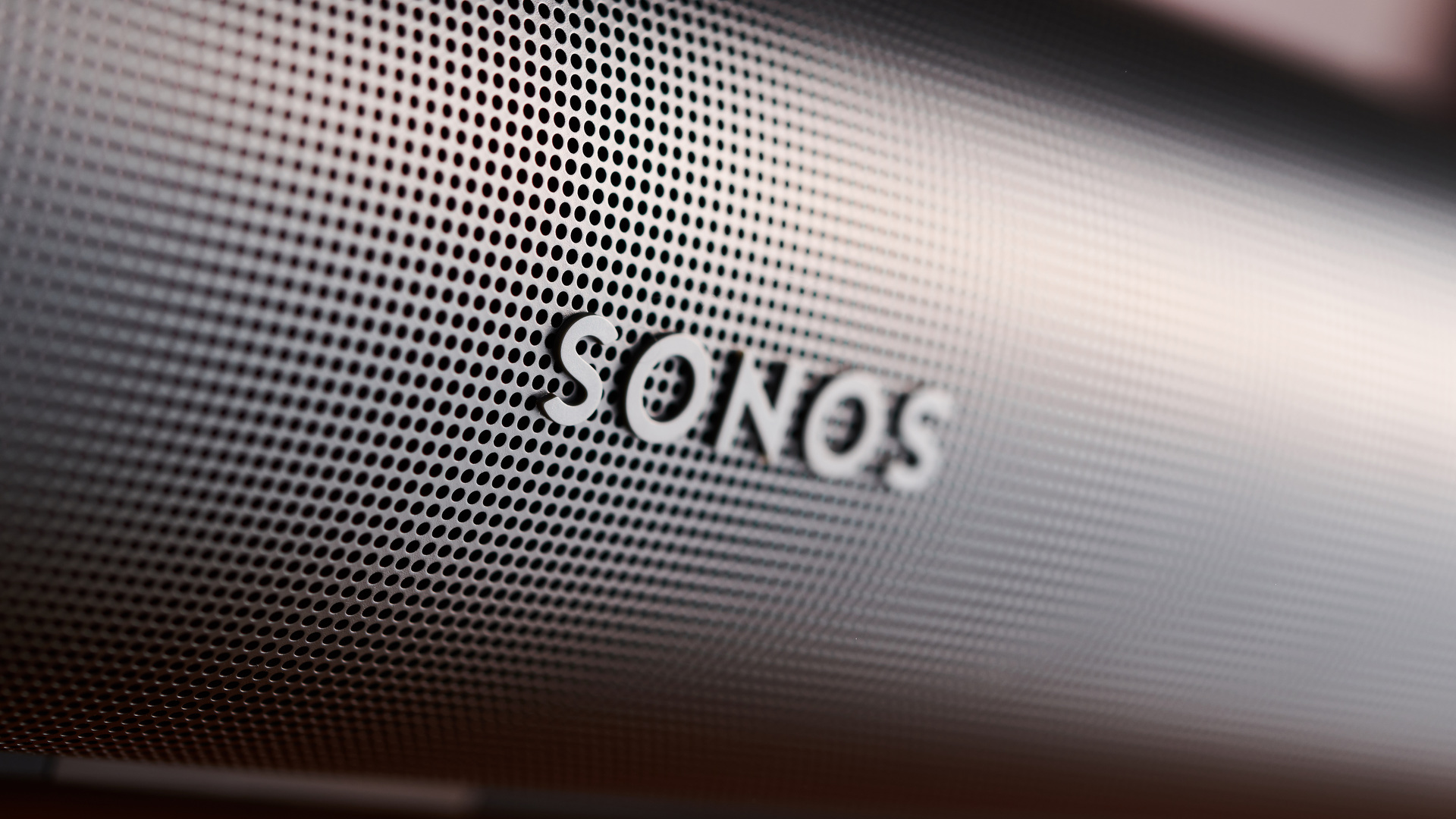
Sonos Arc price and availability
The Sonos Arc soundbar launched globally on June 10, 2020 and costs $799 / £799 / AU$1,399 as a standalone unit. While this Atmos-enabled speaker is perfectly capable on its own, you can also add the new Sonos Sub (Gen 3) for $699 / £699 / AU$999 for a bit of extra bass, or a pair of One SLs for rear left and right surround sound which will set you back $199 / £179 / AU$269 each.
The Arc has been designed to sit on the tabletop beneath your TV, but you can also mount it below a screen using the Sonos Arc compatible wall mount ($79 / £79 / AU$99).
The Sonos Arc will take the place of the Playbar and the Playbase as Sonos’ flagship soundbar moving forward. If the Arc is a little outside your budget, Sonos will also continue to offer the Sonos Beam for $399 / £399 / AU$599, which is a great unit to bolster your TV audio and a good all-round living room speaker.

Design and features
- Width of a 55-inch TV
- Simple setup
- Dolby Atmos requires lots of high spec tech
There was a time where you wouldn’t consider anything other than a multi speaker array for the best quality surround sound, but Dolby Atmos is leading the charge to deliver 3D audio effects from a more streamlined system — and there's no better example of this than the Sonos Arc.
The self contained single unit has only two essential inputs: a power cable and a HDMI in, and while an Ethernet socket and a Digital Optical to HDMI adapter are available out of the box, it’s only recommended you use them if you absolutely have to. Sonos doesn’t even include a remote, suggesting you instead connect the soundbar to your TV via the Audio Return Channel (ARC) and just use your TV remote or control it through the new Sonos S2 smartphone app.
Speakers: 5.0.2, 11 Class-D amplifiers, 8 woofers, 3 tweeters | Dimensions: 45 x 3.4 x 4.5 inches (1141.7 x 87 x 115.7mm), 13.78 lbs (6.25 kg ) | Finish: Matte Black or White | Connections: HDMI input (ARC), optical digital audio to HDMI converter, Bluetooth, Ethernet port, 802.11b,g Wi-Fi, Apple AirPlay 2, IR receiver | App: Android (no Trueplay), iOS | Subwoofer included: No
Even the colour choices are simple with the Arc, being available in just Black or White. And while you can of course pair the Sonos Arc soundbar with the Sonos Sub or a pair of One SL speakers for deeper bass and true surround sound, it’s been created to be an excellent audio solution on its own, which cuts down on overall clutter.
Since the Arc is intended to bounce audio off the roof and walls of your room to create a 3D soundscape, it’s wrapped on the top, front, and either end by metal, hole-punch speaker grilles that cover the various orientations of the Atmos driver array.
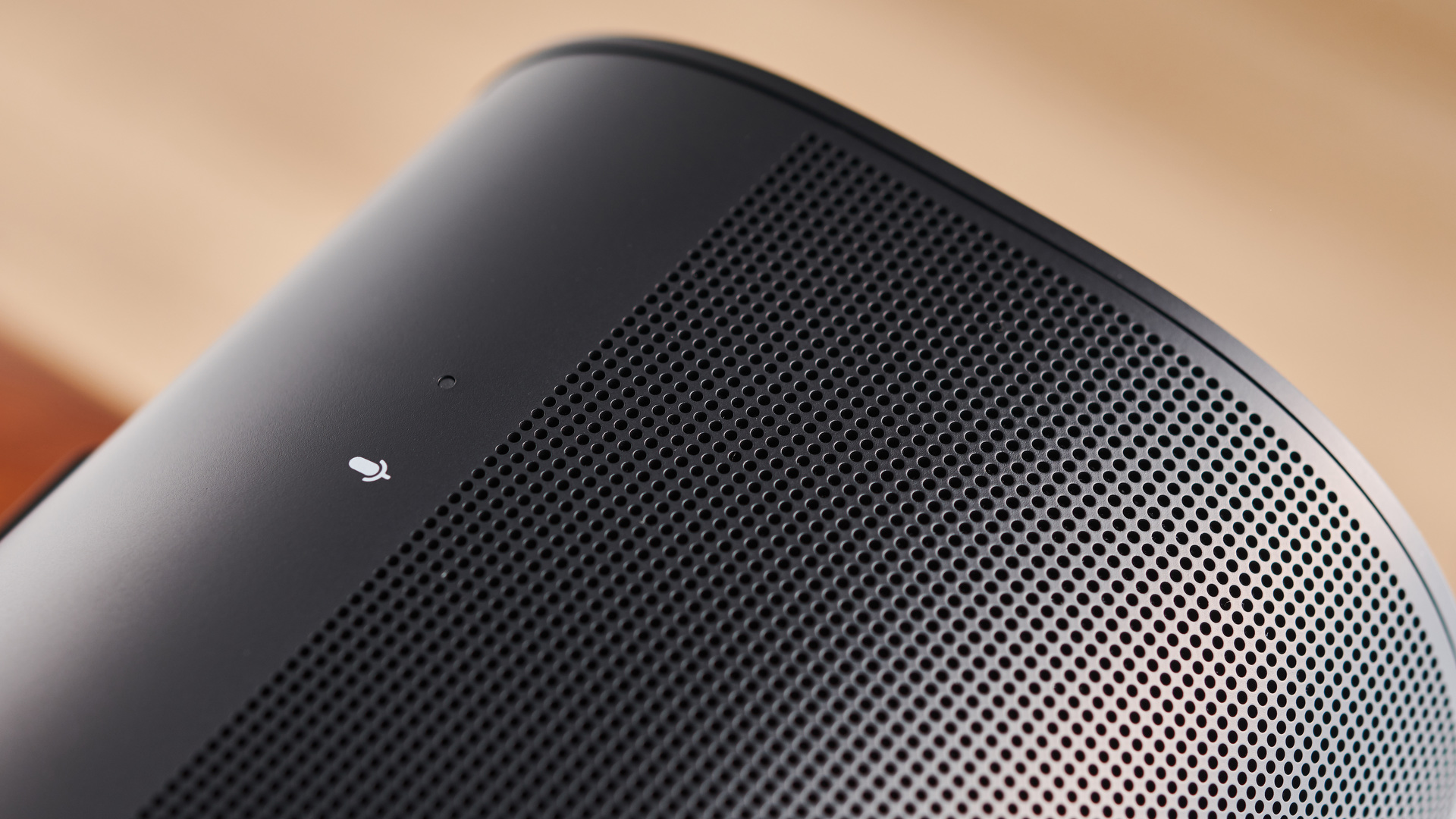
The soundbar sits a little higher than some at 3.4-inches (8.7cm), but the built in IR repeater means it won’t block your remote connection and this extra headroom gives a little more space to the upward firing Atmos drivers. At 45-inches (114.17cm) wide it’ll line up roughly with the edges of your average 55-inch TV, but it also looks fine with anything bigger.
There is a simple status LED light that self-adjusts brightness according to ambient light and the subtle capacitive play/pause, volume and mute buttons help it blend into the background.
There’s two rear reinforced holes to wall mount the 13.78 lb (6.25 kg) unit for a forward facing mounting setup, but naturally the bass response is a little more concentrated when it can reflect off a tabletop surface.
In order to get proper Dolby Atmos surround sound, you’ll need your media to be encoded in DolbyTrueHD or Dolby Digital Plus, and you’ll need your app, TV and receiver to be able to process, or at least pass-through, these formats.
While there is a Digital Optical converter included with the Arc, Atmos can only be carried over HDMI 2.1, so by connecting it you’ll be sacrificing top quality sound. Dolby Atmos still isn't ubiquitous in terms of availability so making sure you have all the right bits can be a bit of a process. To see if your other current components are Atmos-ready check out our Dolby Atmos explainer.
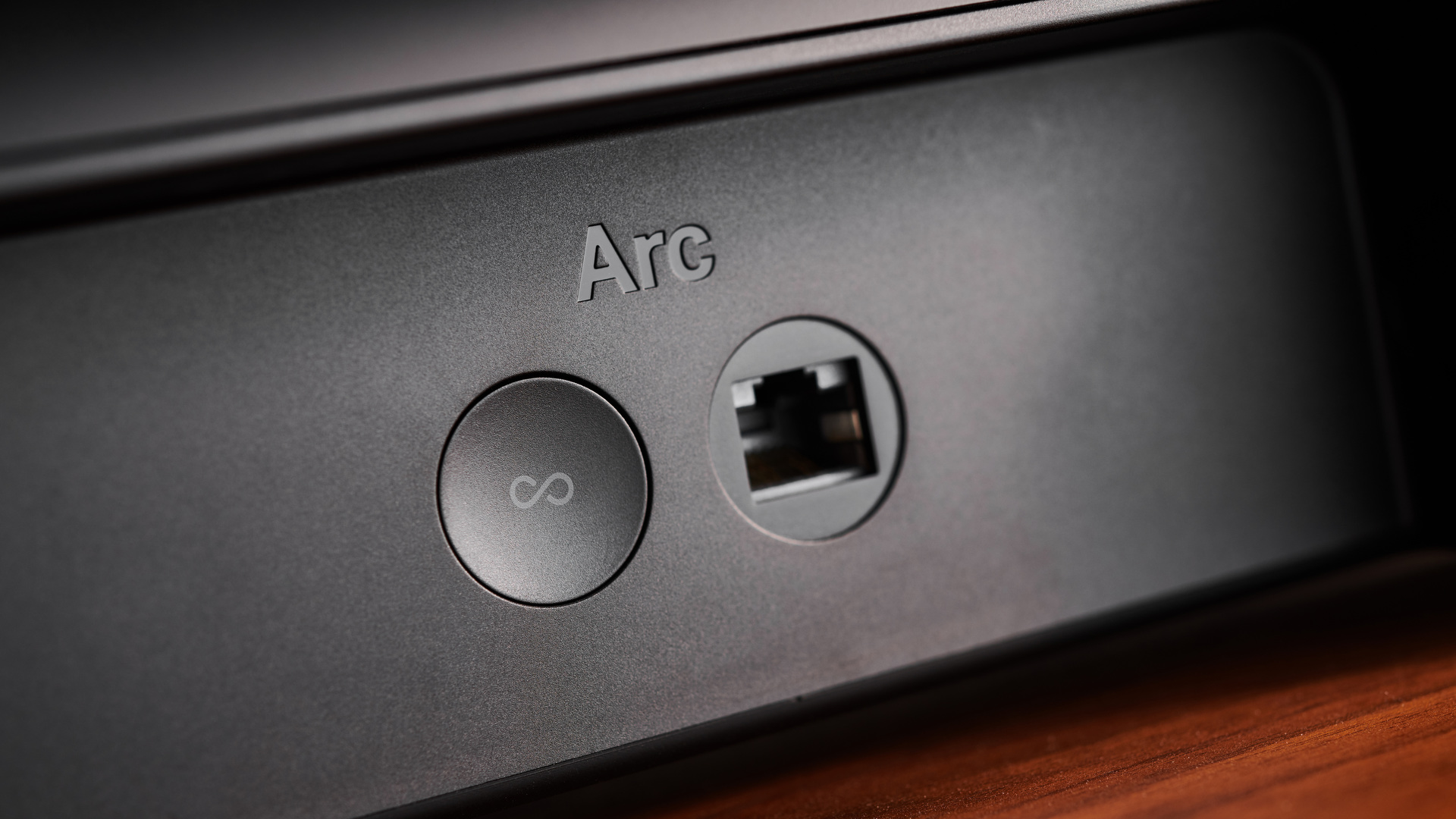
Much like everything else with the Arc, the setup process is designed to be as simple as possible, all done through the new Sonos S2 smartphone app. After the initial plug in, you’re asked to download the app from the App store or Google Play Store (if you don’t already have it).
Then, you'll need to follow a couple of prompts to connect the TV to Wi-Fi, any audio streaming or internet radio services you may already be signed up to, and your choice of Amazon Alexa or Google Assistant. Other than this there’s not much else to the setup, it’s a relatively painless process (especially if you already have a Sonos account).
There is one last task you’ll want to perform before firing up your favourite high definition audio, however: Trueplay Tuning. Trueplay is Sonos’ proprietary adaptive soundscape tool which analyzes the shape of a room in order to best balance the sound output for everyone in it.
We got a feel for how capable Sonos was in this department when it released its Move portable speaker which was able to compensate for acoustic environments as hostile as being covered by pillows. It’s the feature that really distinguishes the Arc from your average soundbar.

There is one pretty considerable hitch, however: Trueplay is only compatible with iOS devices. This is a big inconvenience for non-Apple users and Sonos says that the diversity in Android hardware means it isn’t planning on developing it anytime soon.
Fortunately, you can borrow an iOS device to run the calibration in the soundbar’s final location and it’ll remain true as long as you keep things in vaguely the same place. It’s a bit of an inconvenience, but on balance it’s probably simpler than having to store a dedicated tuning microphone somewhere memorable after setup.
The one area we did have some issues was integrating our smart assistant into the Sonos Arc. While a number of Sonos systems have already featured integrated Google and Amazon smart assistants, they have offered capped experiences and because we weren’t able to quickly set this feature up we haven’t been able to see if there’s been any development here yet.
The most notable of these limitations is that you can’t use them in third-party multi-room Wi-Fi speaker arrangements, but since we suspect Sonos does this to encourage investment in additional Sonos speakers, we don’t expect this to change anytime soon.
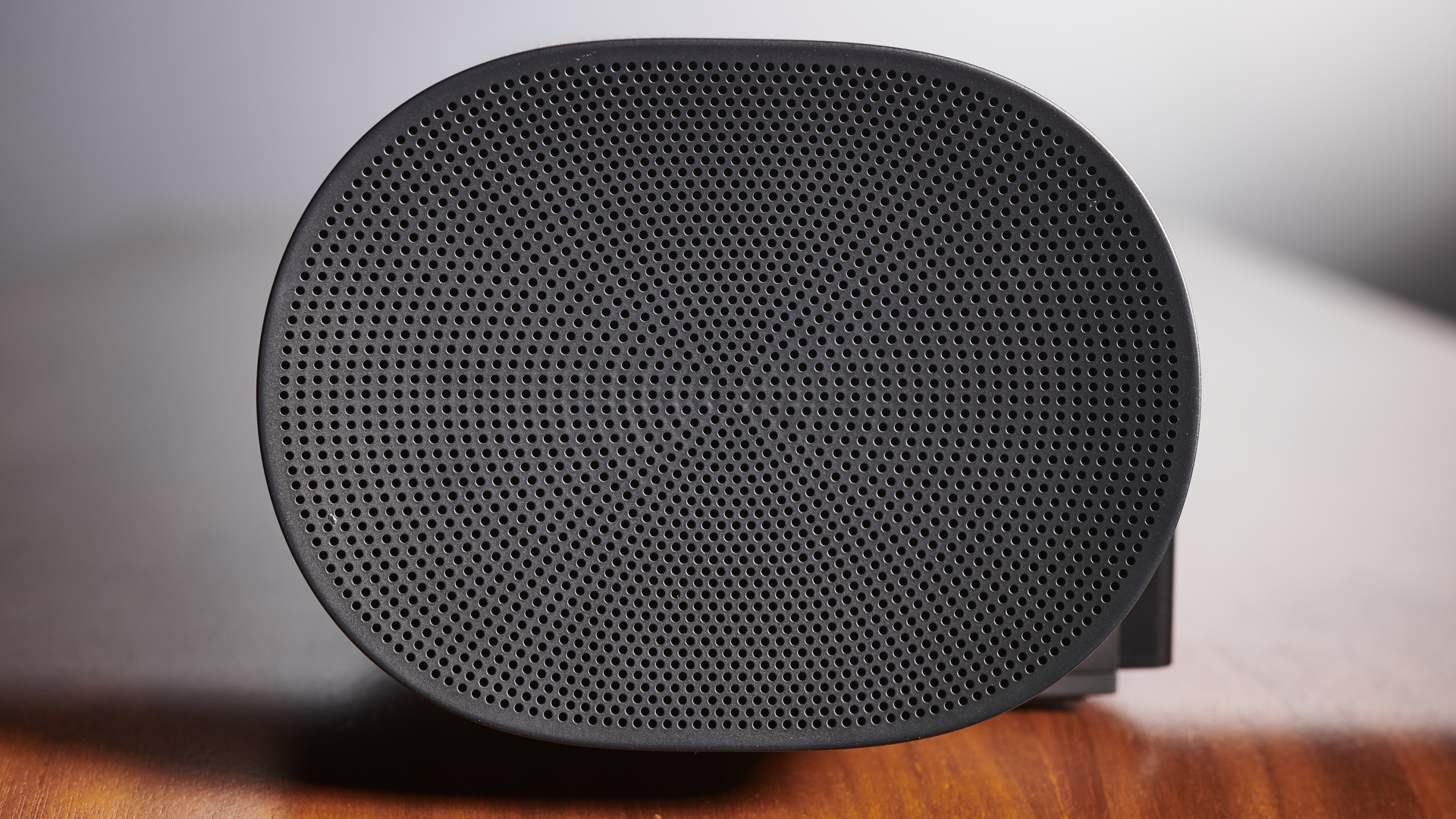
Audio performance
- The 8 woofers and 3 tweeters create great music and media audio
- Amazing surround sound for a single source speaker
- Having the right shaped room is critical for this product
The Sonos Arc’s audio capabilities are pretty amazing all up. Eight elliptical woofers combine to deliver a solid overall bass response and the tuning balances a nice amount of warmth through the mids with an impressive level of clarity.
This precision is matched by the three silk dome tweeters that deliver particularly crisp highs with an impressive level of control. We were particularly taken by the unit's ability to deliver soundscapes that distinguished sound from individual instruments during particular arrangements without feeling disjointed.
This type of spatial precision makes sense when you consider that the Sonos Arc was designed to make the most of Dolby Atmos, an audio codec which separates sounds into object based audio tracks, so particular sources can be quickly shifted between speakers and bounced around the room more easily. So unsurprisingly, the Arc is very capable once you’ve tuned it to the room and it’s able to bounce effects around and behind you.
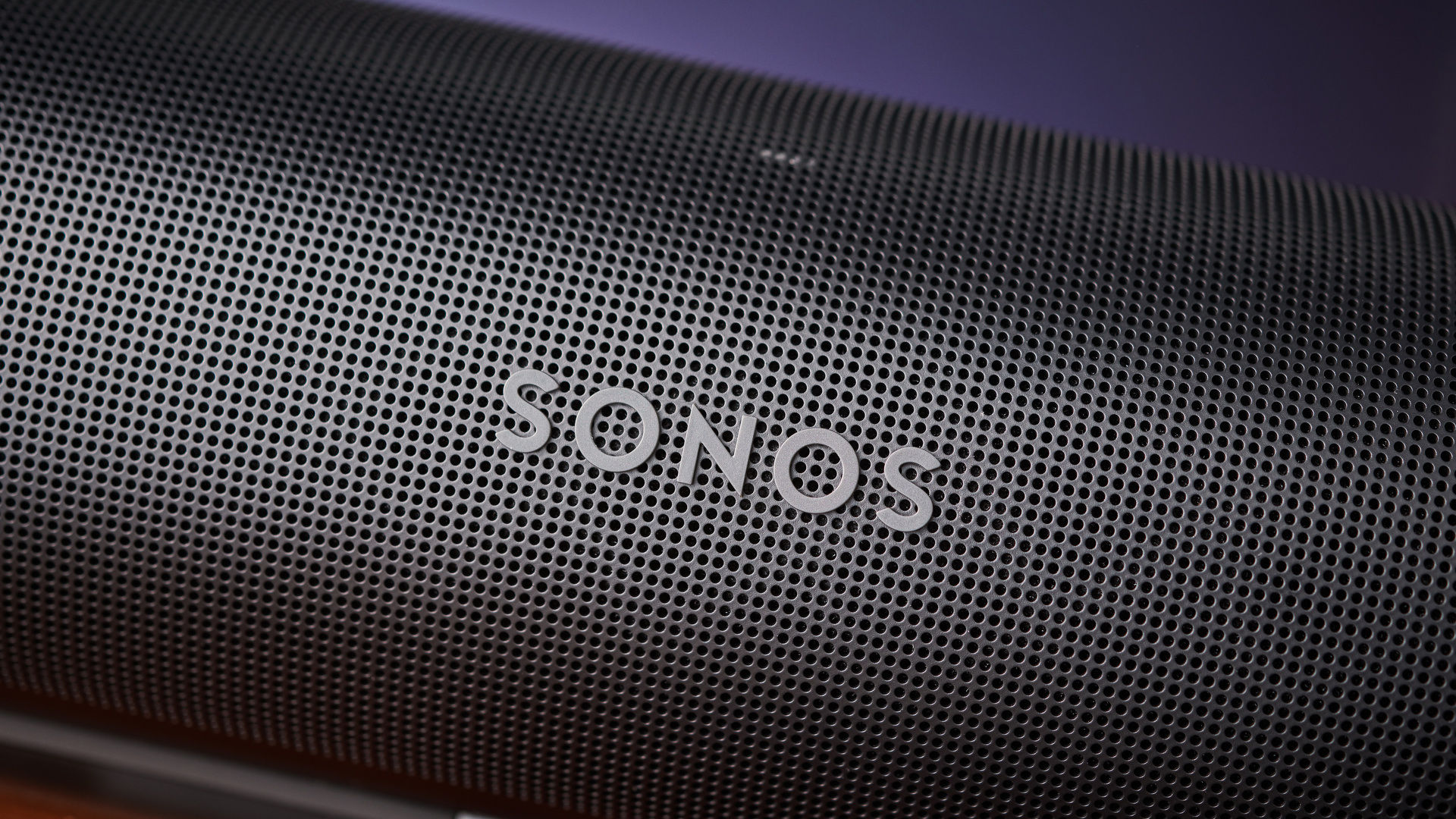
It’s worth pointing out that because the system uses your room to actually get the sound around you there’s going to be some variation in the Arc’s ability to deliver surround sound.
We tested it in a room with a 20 foot (6 meter) vaulted ceiling and a nib wall behind the sofa, which makes it essentially impossible to bounce audio around behind you.
So while we were able to experience excellent height and left/right soundscape movement, we definitely didn’t get the same surround sound experience as a multi-speaker array.
That said, the speaker’s audio positioning was good enough that in a boxier media room we’d expect you’d be able to get surprisingly close to multi-speaker surround sound using just the Arc soundbar.
We really didn’t see any need to add a Sub to the Arc soundbar, there was more than enough powerful bass to allow you to feel those on-screen explosions or beat drops when turned up loud. We even felt the night mode settings that lower the bass EQ would be a useful feature for those in apartments with thin walls.
- Best TVs to pair with your new soundbar
Should I buy the Sonos Arc?
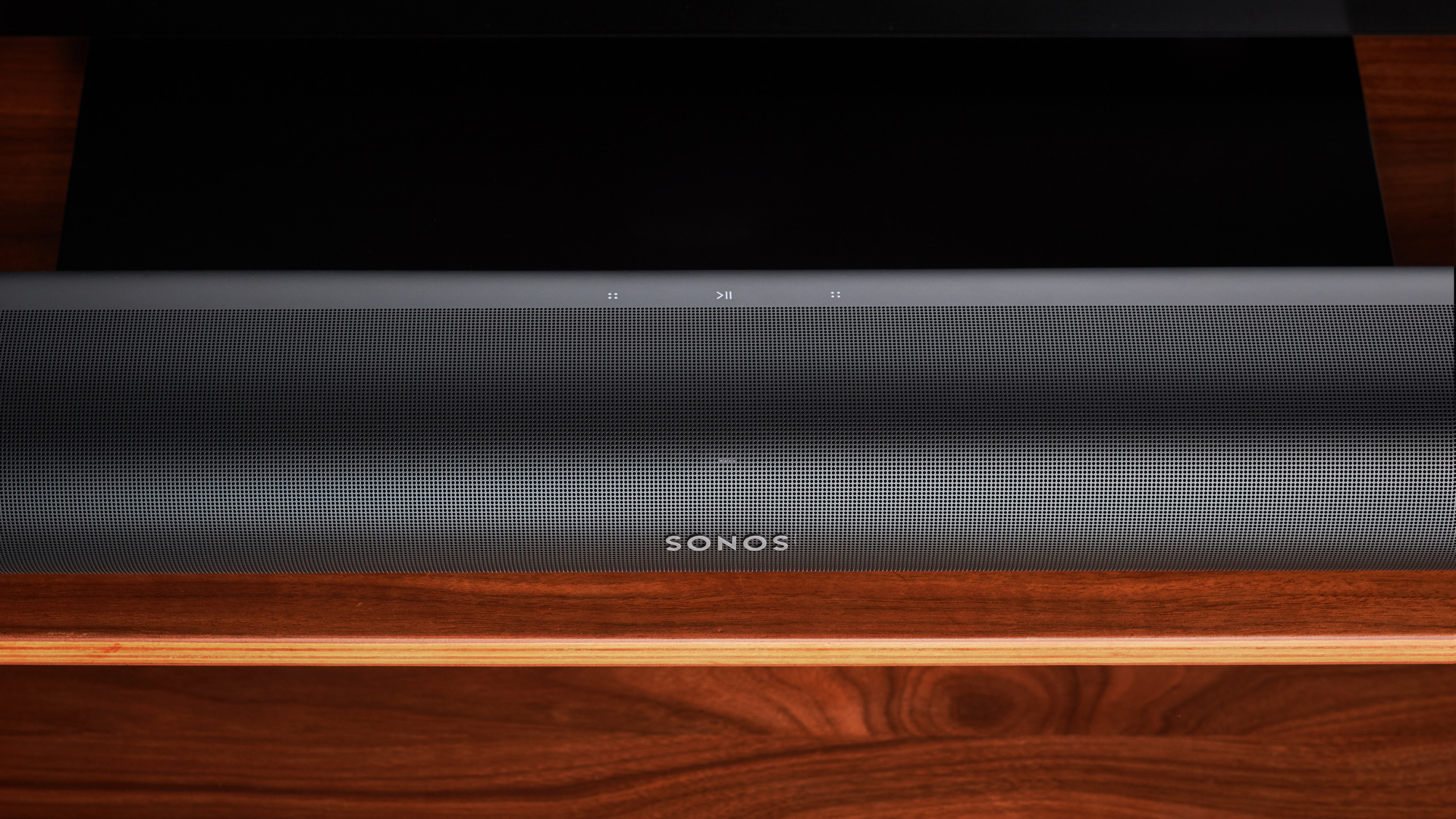
Buy the Arc if ...
You want Dolby Atmos sound
The Sonos Arc is one of the best speakers we’ve heard for audio separation, making it great for enhancing your surround sound experience.
You want the simplest surround sound system possible
The Arc is the best sub-less soundbar we’ve heard, so if you just want your TV and a soundbar connected with the bare minimum of cords and clutter, it’s an excellent choice.
You’re already a part of the Sonos multi-room speaker ecosystem
For anyone with a Sonos speaker at home (or those planning on investing in one) the speakers work well to create easy to use multi-room audio.
Don't buy it if...
You don’t have access to an iOS device for Trueplay Tuning
Trueplay is critical for getting good 3D sound on the Arc. While you can achieve Atmos sound without it, you may want to borrow a friend's iOS device to get the best from the Sonos Arc.
Your room isn’t right
Because the Arc relies on your room to achieve surround sound, if the couch is in the middle of a big expansive room and you don’t intend to buy One SL rear speakers you won’t get good surround sound.
First reviewed - 12/6/2020
- We've checked out all the best soundbars available right now
from TechRadar - All the latest technology news https://ift.tt/37rf57Y

No comments:
Post a Comment